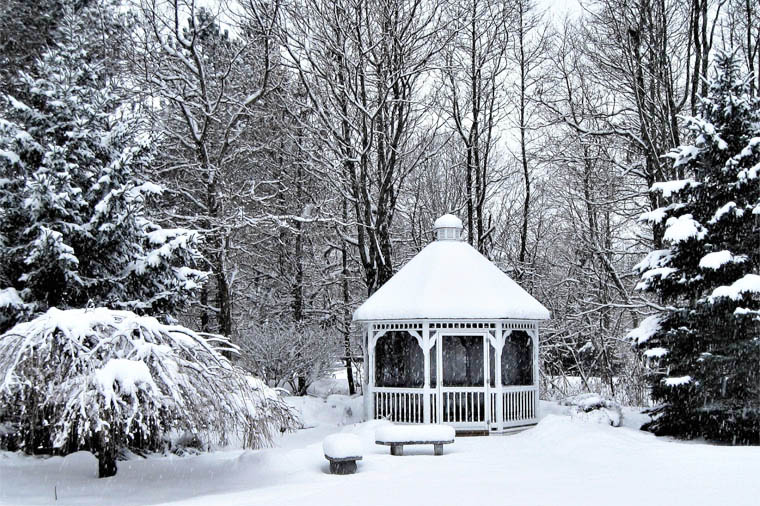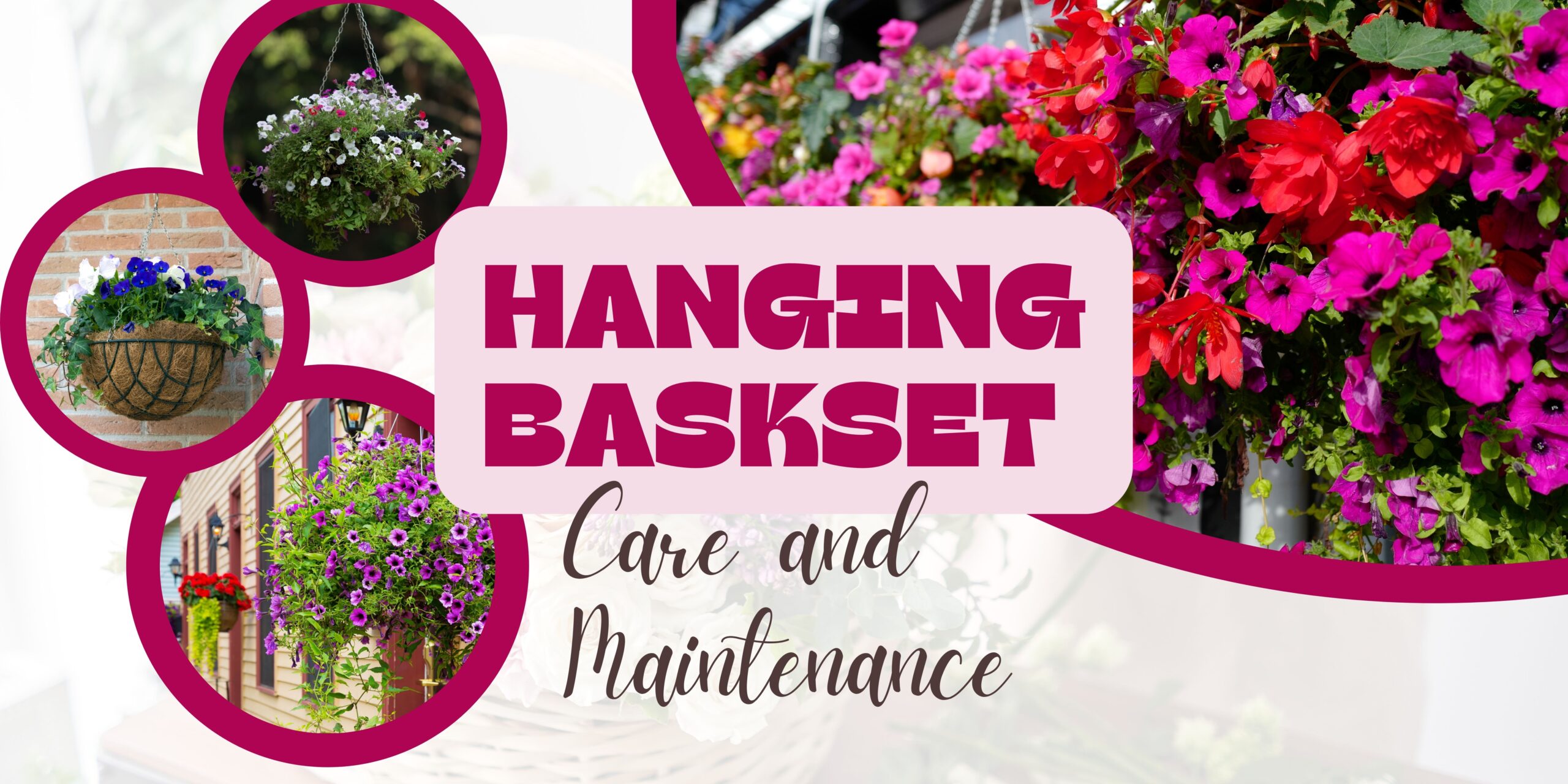How to Add Year Round Interest
It is easy to get excited about the beautiful spring blooms and colourful summer blossoms, even the colour changing foliage in fall can capture our imagination when planning a landscape. However winter planning is often overlooked.
Here in Alberta, a huge portion of our year is spent below freezing, so it’s a wonder why most of us tend to focus our landscaping around a relatively short growing season. However, planning a landscape to include winter interest can create beautiful vistas all year long.
When to Plan
The best time to plan a winter landscape is in winter. Since most plants have gone dormant and we spend much of the season under a thick blanket of snow, we need to think about winter planning a little differently. Take some time this winter and observe your current landscape over the season. Pay attention to when and where you tend to notice your landscape the most. Ask yourself, “What is working and what is not?”
Where to Plan
There are three primary areas we typically focus on in winter planning.
Curb appeal : Take a few drives by the front of your house or stand out in the street. This is the view that your neighbours and visitors get during winter.
Travelled Pathways : This is especially relevant for those who spend a lot of time outdoors, have a detached garage, or park on the street. Enjoying what little time is spent outdoors can really make a difference on how we feel about winter.
Window Views : Perhaps most importantly are the views from within your home. Since we are spending more time indoors the views out our windows are our primary connection to nature. This is where a carefully planned landscape can have the greatest impact.
What to Plan
Hardscaping
Winter is a great time to assess your landscape for missing focal points. Focal points can be many things, but some well planned hardscaping can help create structure amongst your plants. Depending on the size of your outdoor space, hardscaping options can vary greatly. For larger spaces a well placed gazebo or fire pit area can provide a strong focal point. For smaller spaces consider things like a trellis, arbor, garden sculpture, sitting bench or even a bird bath to add some balance.
Evergreens
Evergreens are great in winter scenery. Their bold greens readily stand out against an otherwise stark white landscape. They come in a variety of sizes and growing habits, allowing for multiple uses within an outdoor space. Larger trees can be used to fill empty spaces, balance organic elements with the hardscaping, or create a winter focal point to work from. Smaller evergreen trees can be used in repetition to create borders or interesting visual patterns. Low growing evergreens with a spreading habit can be used to add interest in otherwise empty beds or around hardscaping features.
Barks
Barks are often overlooked, but several species have distinctive trunks and branches that can add a great deal of colour and texture to your winter landscape. Two of our favourites are Birch and Dogwood, but there are several interesting choices available. Birch trees have incredibly interesting bark texture, so much so, they are a favourite for artist and photographers when capturing Alberta winter scenery. Dogwood shrubs are another popular option. There are several varieties of dogwood with vibrant red barks that stand out against the white snow.
Berries
Another great way to include pops of colour, is to include trees and shrubs that hold on to their fruit through the winter season. The Mountain Ash is a popular tree choice for our area. It’s branches are often heavily adorned by clusters of showy red berries throughout the winter. Cranberry shrubs are another similar option and depending on the variety can very in size.
When to Plant
While we can’t do much over the winter, by spending the season planning your landscape, you’ll be ready to plant come spring. Be sure to jot down your ideas and map out where you’d like to make changes. Be sure to also spend some time researching plants and finalizing your choices, so your plan is ready to go when ground thaws and our growing season begins.
 |
| 



